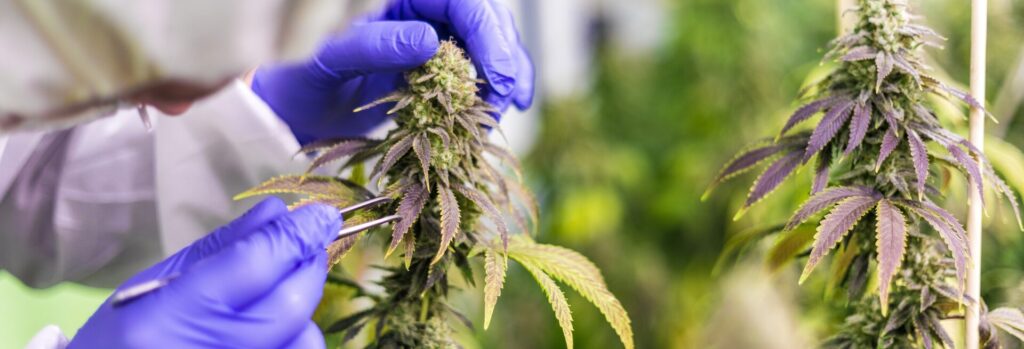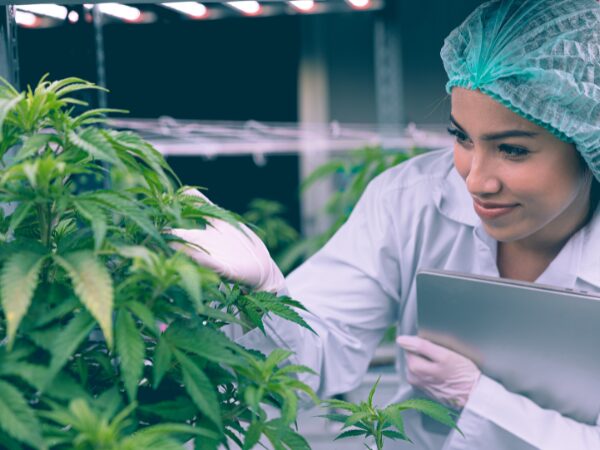The Role of Brain-Implanted Chips in the Future
Will brain-implanted chips be a norm in the future? In this article we explore the development of...

Aeroponics, a method of growing plants in an air or mist environment without the use of soil, has emerged as a revolutionary technology in the realm of cannabis cultivation. In this article, we explore how aeroponic systems offer a sustainable and efficient alternative to traditional cultivation methods, focusing on resource conservation, enhanced plant growth, and the potential for automation.
Aeroponics involves suspending plant roots in a closed or semi-closed environment and misting them with a nutrient-rich solution. This method not only reduces water and nutrient usage but also potentially increases yield and quality, making it an attractive option for sustainable agricultural practices.
Water and Nutrient Efficiency
Enhanced Plant Growth and Yield
Potential for Automation and Scalability

Despite its many benefits, aeroponic cultivation of cannabis also faces several challenges. The initial setup and maintenance costs can be high, particularly for large-scale operations. The systems also require constant monitoring and control to prevent failures that could devastate crops, such as pump failures or misting nozzle clogs. The technology also demands a high level of expertise and more sophisticated management than traditional methods.
Several commercial operations in Canada have successfully implemented aeroponic systems for cannabis cultivation. These case studies highlight the potential for significant improvements in sustainability and efficiency. For example, a Toronto-based cannabis company reported a 30% increase in yield and a 50% reduction in water usage after switching to aeroponics.
As technology advances and more growers adopt aeroponic systems, further innovations and cost reductions are likely. The integration of AI and IoT could lead to better systems that optimize resource use and crop management. The potential environmental and economic benefits make aeroponics a compelling choice for the future of cannabis cultivation in Canada and globally.
Aeroponics represents a sustainable revolution in the cultivation of cannabis in Canada. By optimizing resource use, enhancing plant growth, and facilitating scalability through automation, aeroponics offers a viable solution to many of the challenges faced by traditional cultivation methods. Despite its challenges, the potential benefits make it an attractive option for the future of sustainable agriculture.
Companies that are innovating in this sector are likely to be eligible for several funding programs including government grants, and SR&ED.
Want to learn about funding opportunities for your project? Schedule a free consultation with one of our experts today!
Sources:
[1] Canadian Cannabis Cultivation Report, GreenTech Research, 2023.
[2] Aeroponic Advancements in Agriculture, AgriInnovate Journal, 2024.
[3] Sustainable Farming Practices in Urban Areas, Urban Farming Magazine, 2025.
Explore our latest insights
More arrow_forward
Will brain-implanted chips be a norm in the future? In this article we explore the development of...

Writing a grant proposal is a difficult task for business owners but it is a task that should not...

The new clean investment tax credits have the potential to make a significant impact on Canadian ...

What's next in the world of business funding? We've analyzed the data and discovered the emergenc...